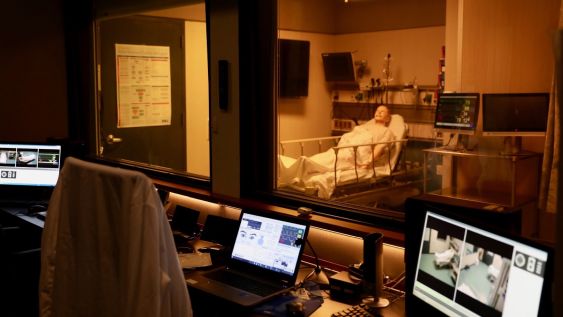


Under this new standard, the PIPS plan must: The 2022 standards will require all trauma centers to have a written performance improvement and patient safety (PIPS) plan that covers defined processes and includes other specific content (Standard 7.2). Create a more structured PIPS plan and demonstrate its effectiveness
PEDIATRIC TRAUMA CENTER LEVELS VERIFICATION
All trauma registrars will be required to take 24 hours of trauma-related CE during a three-year verification cycle. There is also a new continuing education requirement for members of the registry team (Standard 4.33). These new requirements are in addition to the longstanding requirement that registrars participate in a course that covers abstraction, data validation and other registry-related topics. All staff members who have a registry role must take an ICD-10 course (or an ICD-10 refresher course) every 5 years (Standard 4.32).All staff members who have a registry role must take and pass the most recent version of the AIS course from the Association for the Advancement of Automotive Medicine (Standard 4.32).At least one registrar must be a current Certified Abbreviated Injury Scale Specialist (Standard 4.31).

The 2022 Standards also include new education requirements that relate to the registry team. NOTE: For the new PI coordinator and registrar staffing requirements, the patient volume denominator includes all patients who meet NTDS inclusion criteria and all patients who meet the inclusion criteria of any hospital, local, state or regional registries the center participates in. The volume threshold is the same (1,200 patients), but the definition is changing from “admissions” to “patients who meet National Trauma Data Standard (NTDS) inclusion criteria.” The new standards make a small change to the patient volume requirement for Level I trauma centers.
PEDIATRIC TRAUMA CENTER LEVELS PROFESSIONAL
(Under the previous standards, centers were required to have 1.0 FTE registry professional for every 500 to 700 admitted patients.) Trauma centers will now be expected to have 0.5 FTE dedicated registry professionals for every 200 to 300 annual patient entries in the registry. The new standards have also increased the required staffing level for trauma registrars (Standard 4.30). “The expectation is that you actually have enough personnel to comply with the standards in Category 7, which is the PI category.” “Greater trauma center volumes might very well call for additional personnel,” he said. Nathens clarified during his TQIP presentation that the new staffing requirements are minimums.


 0 kommentar(er)
0 kommentar(er)
